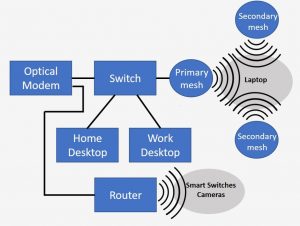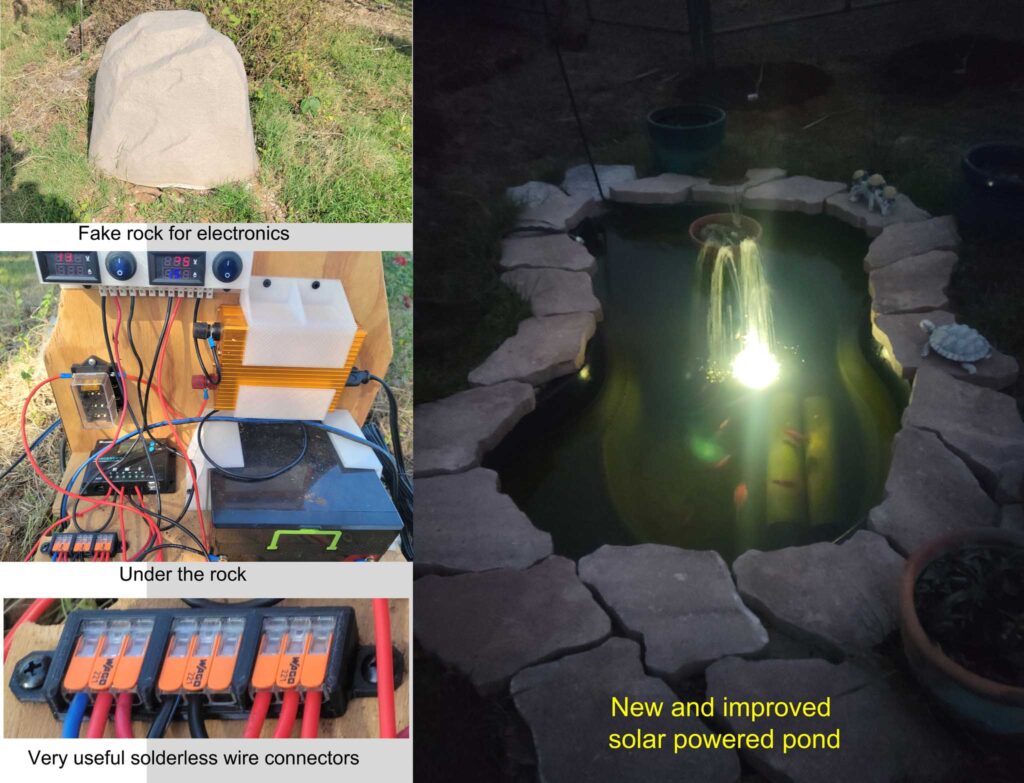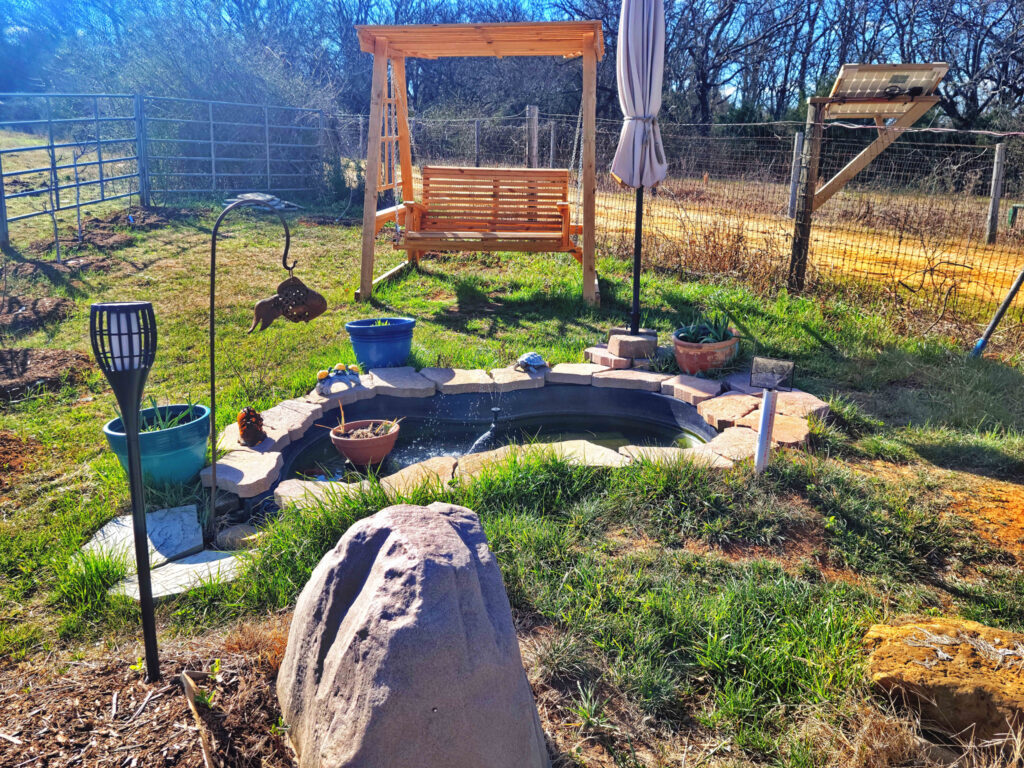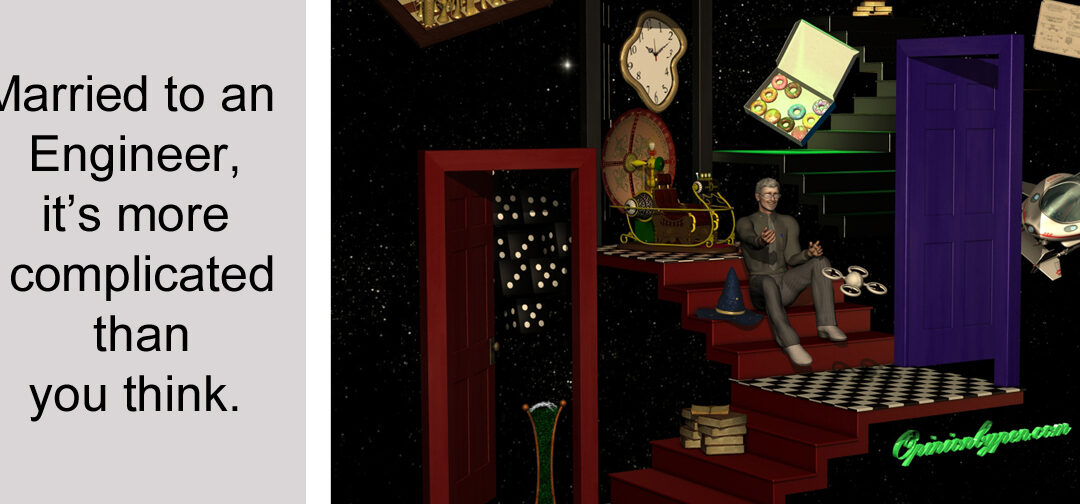 Unless you’re also an engineer, living with an engineer is an exercise in controlled frustration. Engineers live so closely tied to technology that we automatically assume everyone else has the same love and understanding of technology we do. My house is filled with technology, computers, 3D printer, WIFI, smart lights, smart outlets. I have an innate sense of understanding of all those devices, how they work, what their limitations are and especially how to use them.
Unless you’re also an engineer, living with an engineer is an exercise in controlled frustration. Engineers live so closely tied to technology that we automatically assume everyone else has the same love and understanding of technology we do. My house is filled with technology, computers, 3D printer, WIFI, smart lights, smart outlets. I have an innate sense of understanding of all those devices, how they work, what their limitations are and especially how to use them.
My wife loves the convenience of these devices but what happens when something breaks? When you lose the Internet most of the smart devices will fail. Oops, single point of failure and the entire house is dead. Does she know our WIFI network well enough to trouble shoot the problem? Does she know where the override is on all these devices? Does she know how to hotspot her phone to provide temporary functionality? All these things are second nature to me and I can’t even fathom that she might not understand.
My previous post discussed our home network; two routers, three mesh devices, an eight port switcher and two computers. Sound complicated? In hopes of simplification, I left off the LAN network. Add a sixteen port switcher, two Linux computers, a 48TB disk array and a host of other devices. This is where we store pictures, videos and essential backups. Throw in an HDMI 4X4 switcher and you start to understand what she is expected to understand. Did I mention only three of the sixteen ports on the switcher are empty.

My 16 Port Ethernet hub
You get the picture. Engineers fill our lives with technology Sure it’s great having someone that understands the technology constantly invading our lives but have you ever considered how much of the world is driven by this love of technology?
When an engineer creates a new product, we have to consider a number of constraints, customer requirements, patents, cost, manufacturability but really the most important factor is the lure of new technology and new techniques. We love the challenge of a new technology.
Once we’re familiar with our current level of technology, we expand on it. That’s how a house with only two people comes to have an extensive LAN, multiple WIFI networks, a Linux file server and more hard drive space than most small businesses.
When my wife said the chickens needed cooling, I could have run an extension cord across my driveway to power their fan. Instead, I used solar power for the fan. From there, I built a small solar powered fish pond. I never got that one quite right but more about that later. when my wife wanted lights on her potting bench, of course it was solar.

Solar Projects
Returning to my pond, algae was a major problem. I researched the issue and decided to add a UV lamp. I was already having trouble getting through the night at 8 watts, the UV lamp pushed me to 18 watts and the attached filter was larger than my pond. This isn’t about my new pond but I have 150 watts of solar panels, a 20 amp/hr lithium battery and a much larger pond. The project taught me about lithium batteries, lithium battery controllers, inverters and some really useful solderless electrical connectors. Beginning to see a theme yet?

I find a technology I want to learn about and apply it to the nearest problem that, if I squint real hard, looks like a fit. As I become familiar with the technology, I look for more problems I can apply these techniques to. Each iteration brings more complexity and more knowledge. Once I’m comfortable with the technology, I add it to my tool box and search for another technology to conquer.
Now, take a look at any reasonably complex device in your house. Think of all the engineers involved in development of the product, each of them choosing technologies that interest them. Ever wonder why your dryer, refrigerator, etc. has all those features you never use? You guessed it. The engineers were showing off their mastery of a new technique. Some engineers took great pleasure in creating those features, you should take the time to appreciate them.

Did you really need all these buttons?
For Engineers this process is almost magical, this is why we’re alive. For those of you living with us, the experience can be wonderful. That is, until something breaks and we’re not around. You never went through the learning experience. You do know how to assign a static IP address, don’t you? Oh and the IP assignments are kept in an Excel folder on K:\docs\ip addresses or is it on the E: drive? Never mind, trust me, it’s really easy to find.

© 2022, Byron Seastrunk. All rights reserved.











Recent Comments